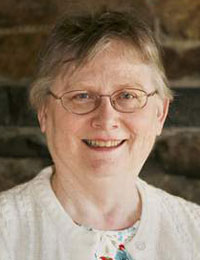 Santa Claus arrived in July with a portable hard drive full of the newly-digitized images from the microfilm of Clarence Almon Torrey’s twelve-volume manuscript, New England Marriages Prior to 1700. It has been forty years since I last had quality time with Clarence. Hard to remember the months and months spent in the stacks going through every book in the library to match his “short” citations and create a bibliography.
Santa Claus arrived in July with a portable hard drive full of the newly-digitized images from the microfilm of Clarence Almon Torrey’s twelve-volume manuscript, New England Marriages Prior to 1700. It has been forty years since I last had quality time with Clarence. Hard to remember the months and months spent in the stacks going through every book in the library to match his “short” citations and create a bibliography.
For readers who haven’t been introduced, Clarence Almon Torrey spent decades in the library at NEHGS extracting every mention of a seventeenth-century New England marriage from nearly every book, pamphlet, and manuscript in the collection up until about 1960. Continue reading Using “squnch” in a sentence

